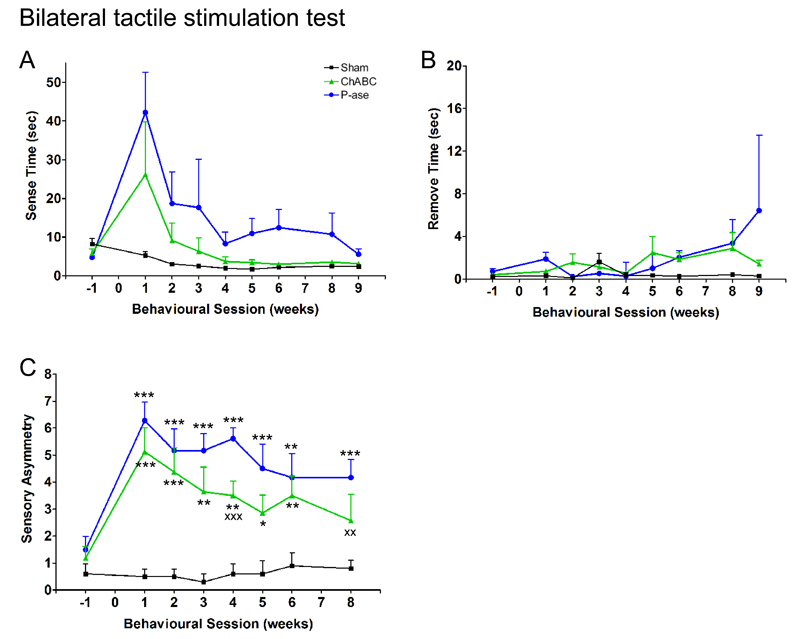Figure 2. Delayed ChABC promotes forelimb sensory recovery following stroke in aged rats.
The bilateral tactile stimulation test assesses sensory function using adhesive sticky patches placed on the rats’ forepaws (A). Stroke increased the time animals took to sense (B) and remove (C) these adhesive patches placed on their affected forepaw, and both treatment groups showed a similar extent of recovery [sense: F(2,17) = 1.57, P = 0.24; remove: F(2,17) = 0.63, P = 0.55]. (D, E) The magnitude of sensory asymmetry (tactile extinction) was determined using the seven pairs of sensory stimuli [see text]. (D) Stimulus size was progressively increased on the affected forepaw and decreased on the less-affected forepaw by an equal amount, until the rat removed the stimulus on the affected forepaw first. This reversal represents the magnitude of asymmetry. (E) Testing begins at level 3 (black box) and asymmetry scores indicate the severity of sensory asymmetry (e.g. severe impairment = 7). (F) Stroke increased the magnitude of sensory asymmetry (tactile extinction) in both groups. P-ase-treated animals remained impaired whereas animals treated with ChABC showed significant improvements in detecting the sensory stimulus on their affected forepaw [group differences F(2,17) = 12.2, P = 0.001]. Results are presented as mean ± SEM and were analysed using RM ANCOVA with post hoc Least Squares Difference tests. Significance is denoted as: * P < 0.05, ** P < 0.01, *** P < 0.001 vs. sham animals (n = 5) and X P < 0.05, XX P < 0.01, XXX P < 0.001 vs. treatment groups (n = 9 per group).

